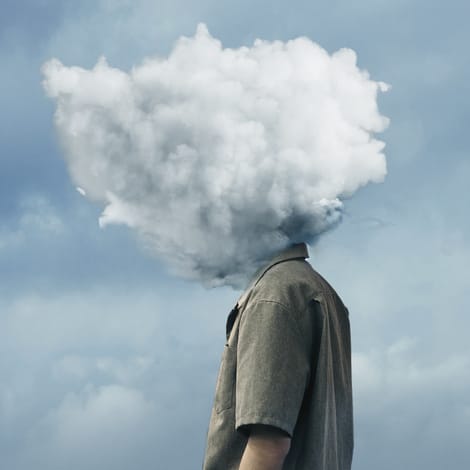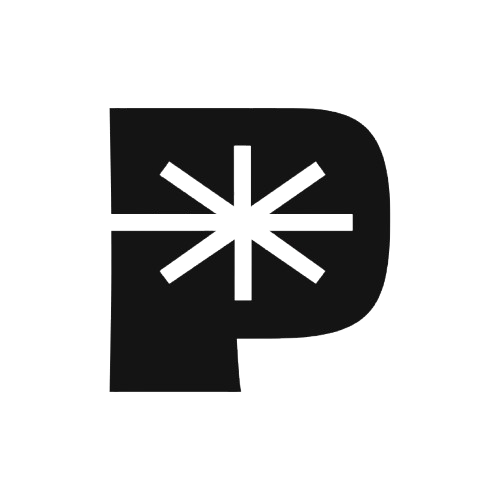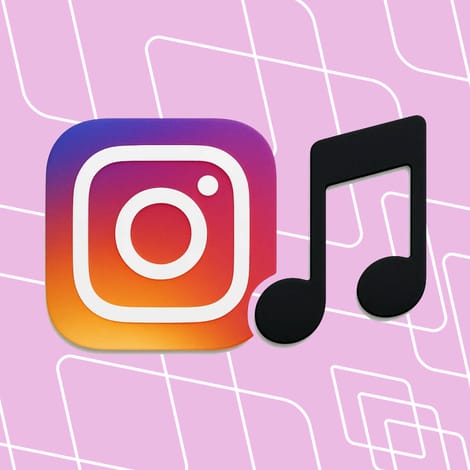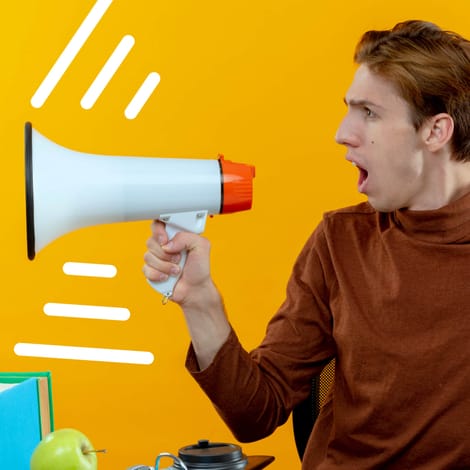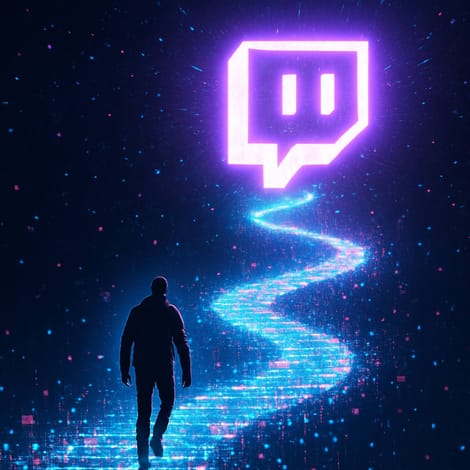Content, Pressure, Repeat: Protecting Your Mental Health as a Creator
Being a creator shouldn’t mean constant exhaustion. Discover how top creators in 2025 avoid burnout, find balance, and keep their passion alive.
Table of contents
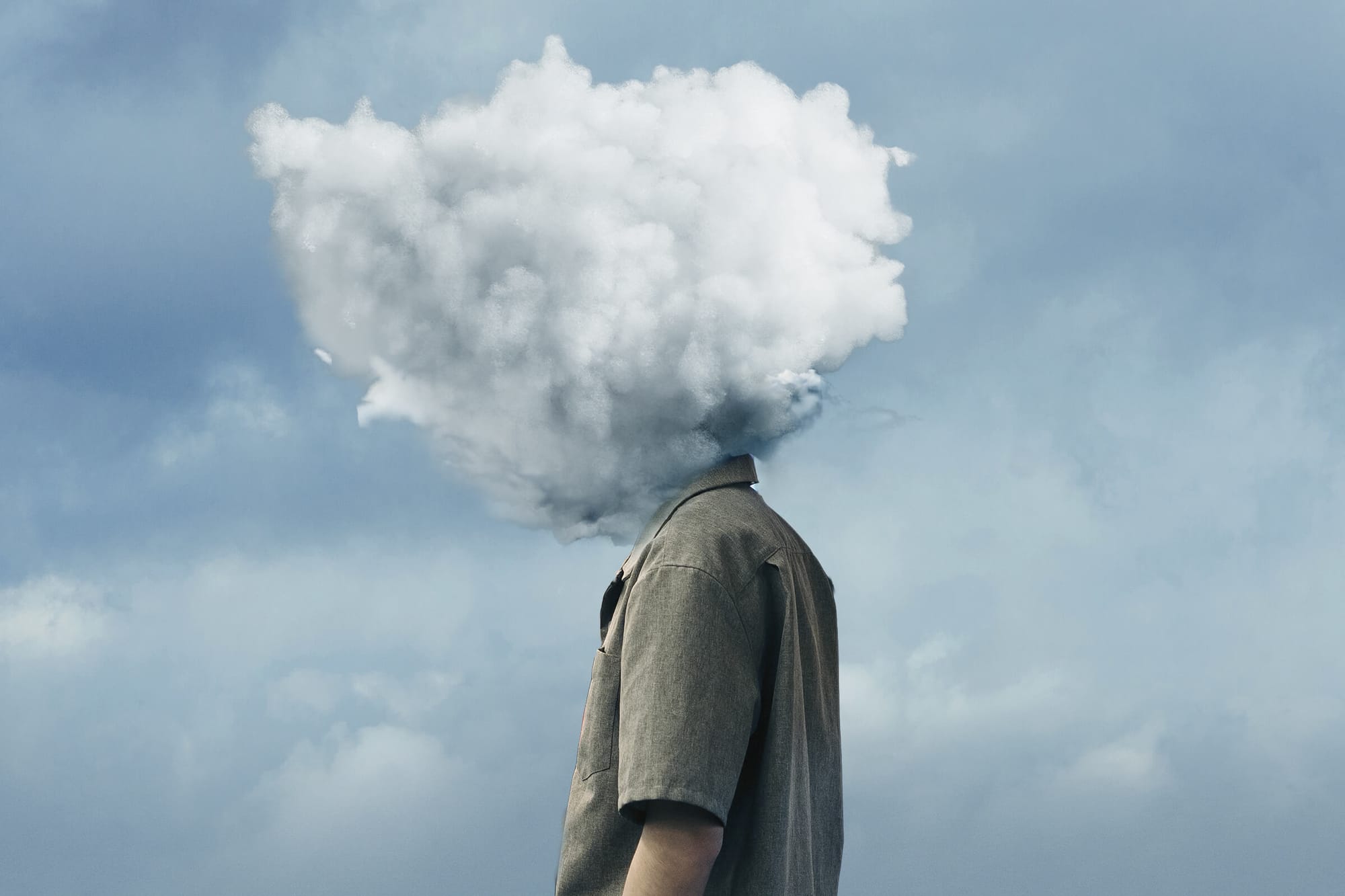
Creating content for a living sounds like a dream until it starts to feel like survival.
You’re not just producing videos, you’re managing algorithms, engagement charts, and the invisible expectation to stay “on” all the time. One week you’re up, views are spiking, brands are calling and the next, you’re staring at your screen, wondering if you’ve already peaked.
That cycle of content, pressure, repeat is quietly burning out an entire generation of creators.
In 2025, it’s not talent that separates sustainable creators from those who disappear. It’s balanced. The ones who last are the ones who learn how to protect their creativity from their own workflow.
So, if you’ve ever felt the constant pressure to post more, perform better, or be available 24/7 this guide is for you. Let’s talk about how to protect your mental health without losing your momentum, your authenticity, or your passion for creating.
The Creator Paradox: Why Success Can Feel Like Stress
Being a creator in 2025 is like running a marathon while the finish line keeps moving.
You’re not just an artist anymore you’re a brand, an algorithm analyst, a social strategist, a production team, and a mental health patient all in one. The platforms reward consistency, but consistency requires bandwidth and that’s where the paradox kicks in.
The Attention Economy Is Addictive (and Exhausting)
Let’s face it: metrics hijack your dopamine system. Views, likes, and comments are digital validation loops the modern-day applause. Every time a video pops off, it’s a rush. Every time it flops, it feels personal.
The algorithm isn’t built for your peace of mind; it’s built for your output.
And the psychological cost of that is huge. Studies in 2024 from the American Psychological Association found that full-time content creators reported anxiety and burnout rates 42% higher than traditional freelancers. The top triggers?
- Irregular income
- Constant audience feedback
- Perceived loss of relevance
- Sleep disruption from “always-on” posting habits
What’s worse is that for many, the line between work and identity has vanished. You don’t just make videos, you are your videos. And that’s what makes boundaries so hard.
The Myth of “Always Grinding”
If you’re on TikTok, Twitch, or YouTube long enough, you’ll notice something: everyone preaches hustle, but no one shows the cost.
“Just post daily.” “Work harder than everyone else.” “Never take a break.”
That mentality might have worked in 2018, but in 2025, it’s a straight line to burnout. Platforms are oversaturated, attention spans are shorter, and quality now trumps quantity.
Creators who build long-term success today don’t work more, they work smarter. They plan rest like they plan uploads. They measure mental recovery the same way they measure retention rates.
That’s not laziness. That’s longevity.
How Burnout Creeps In (and How to Catch It Early)
Burnout rarely announces itself. It’s not one big breakdown; it’s a slow erosion of joy, focus, and motivation.
Here’s how it usually unfolds:
- You start skipping meals or breaks. Editing replaces lunch. “Just one more render.”
- You detach emotionally from your work. What used to excite you now feels like a checklist.
- You feel guilty for resting. If you’re not posting, you feel like you’re disappearing.
- Your creativity declines. You start repeating formats, recycling jokes, or copying trends you don’t even like anymore.
- You isolate yourself. You stop talking about it because you think everyone else is handling it better.
Sound familiar? That’s not a lack of discipline, that's fatigue disguised as “focus.”
What the Science Says
Burnout is a physiological condition. It’s your nervous system running in fight-or-flight mode for too long. Cortisol stays high. Sleep quality drops. Your brain starts cutting corners to conserve energy which is why editing takes longer, writing feels harder, and creativity dries up.
By the time you realize you’re burnt out, you’ve already lost weeks of emotional recovery time. The only way out is prevention by spotting the warning signs before they collapse.
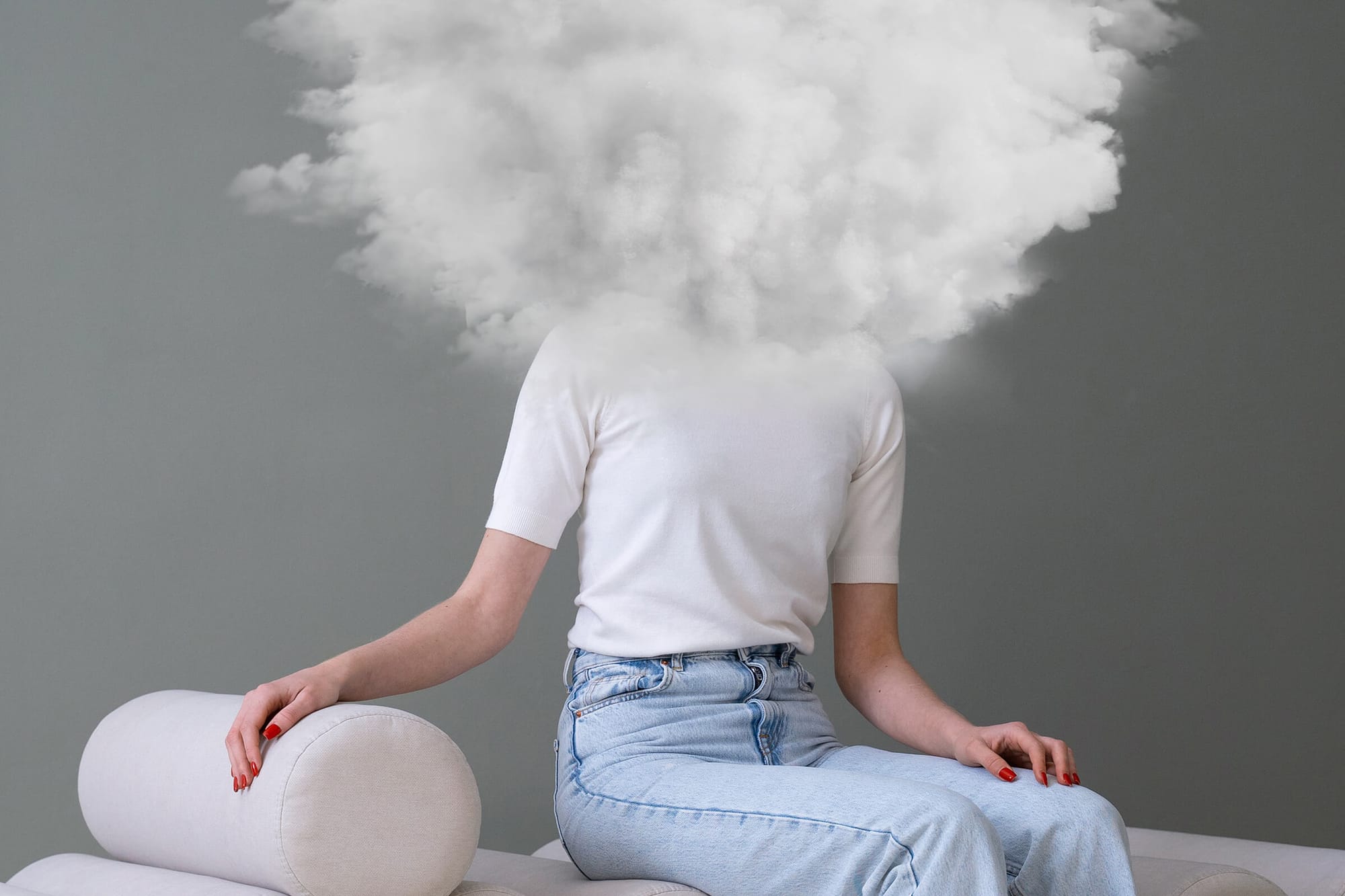
Protecting Your Creativity (Without Losing Your Career)
You can’t eliminate pressure as a creator but you can design your environment so it doesn’t crush you.
Here’s what the most mentally healthy creators in 2025 are doing differently.
1. They Create in “Seasons,” Not “Forever Mode”
The old model: stream or post every day indefinitely. The new model: content seasons 6–10 weeks of focused creation, followed by 1–2 weeks of rest, planning, and reset.
This approach does three powerful things:
- Builds anticipation (audiences love returns)
- Prevents creative fatigue
- Improves quality by giving ideas time to breathe
You don’t owe the algorithm 365 posts a year. You owe your audience content that feels alive.
2. They Batch Work, Then Disconnect
Batching isn’t new but most creators misuse it. The trick is not to batch endlessly, but to batch strategically.
Example workflow:
- Monday: film everything.
- Tuesday: edit and caption.
- Wednesday: schedule posts.
- Thursday–Sunday: rest, research, or go live.
That rhythm gives your brain predictable cycles of output and downtime. When your brain knows rest is coming, it performs better under pressure.
3. They Treat Their Setup Like a Studio, Not a Prison
Your workspace should energize you, not exhaust you.
Simple upgrades matter:
- Natural light or full-spectrum lighting can dramatically change how you feel and work. Exposure to balanced, full-spectrum light, the kind that mimics sunlight helps regulate your circadian rhythm, boosts serotonin, and reduces eye strain during long editing sessions. If your space lacks windows, invest in a daylight-balanced LED panel or desk lamp that replicates sunlight’s color temperature (around 5000–6500K). It keeps you alert without harsh glare.
- Clutter-free desk setup - visual chaos increases cognitive load.
- Dedicated rest corner - step away physically from your editing station between sessions.
And yes, sound matters too. The right background track can reduce anxiety, sharpen focus, and shift mood. Many creators now use royalty-free ambient tracks from ProTunes One during editing because soundscapes literally affect stress hormones.
Audio isn’t decoration, it's regulation.
4. They Redefine “Consistency”
Consistency doesn’t mean “daily.” It means “predictable.”
Viewers don’t need you everyday they just need to know when you’ll show up. Post on the same days, at the same time, with the same energy. That’s enough for retention and peace of mind.
Creators who switch to a 3× weekly posting cadence (instead of daily) often see higher engagement per post because their content feels more intentional and they don’t resent making it.
5. They Make “Joy Content” Again
Not every piece has to be optimized for SEO or CPM. Some videos are just for you.
Creative joy is the ultimate burnout antidote. Whether it’s a micro short filmed on your phone, a nostalgic throwback, or a vlog no brand will ever sponsor those projects keep your heart in it.
If your content calendar feels like a chore, sneak in joy content every few weeks. It’s medicine disguised as creation.
Digital Boundaries: Protecting Your Mind in an Always-On World
When your job lives online, boundaries don’t just help save you. The most stable creators now treat digital hygiene like sleep hygiene.
Here’s how.
Turn Off Notifications (Yes, Really)
Every ping, view count, or comment triggers micro-stress. It’s like your brain getting nudged 100 times a day.
Instead:
- Set specific “engagement windows” 20 minutes in the morning and 20 at night.
- Disable live follower counters and comment pop-ups while working.
- Don’t check analytics the day after you post. Give it 48 hours to stabilize.
Let your content breathe before you judge it.
Separate Work and Rest Devices
Use one device for work, one for downtime. When you scroll for fun on the same phone you edit on, your brain never fully detaches.
Creators who physically separate devices report up to 30% better sleep quality according to a 2024 Sleep Foundation study on digital fatigue.
Protect Your Private Life from Public Expectations
Transparency builds trust but oversharing builds anxiety. Keep a few parts of your life off camera.
That privacy becomes your emotional reset button. You need something that belongs to you, not your audience.
Community Over Comparison
In the race for relevance, it’s easy to forget that the people around you aren’t competition, they're community.
In 2025, collaboration is mental health.
Group projects, co-streams, and community Discords are more than marketing tactics; they’re buffers against isolation.
Creators with small, tight-knit support networks report higher resilience, quicker recovery from setbacks, and lower impostor syndrome.
The key is to find people who understand the pressure. A creator friend can read between the lines of “I’m fine.”
If you don’t have that yet, join communities intentionally not for clout, but for connection.
Reclaiming the Creative Flow
When burnout hits, creativity feels mechanical like turning a crank instead of building a world.
To get your flow back, you need to shift from performance to presence.
Try this:
- Go analog once a week. Write ideas in a notebook instead of Notes.
- Listen to music while ideating not lyrics, just emotion. (Ambient and cinematic tracks from ProTunes One’s focus collection work beautifully for this.)
- Set creative timers. Work in 45-minute blocks with 10-minute breaks neuroscience backs this rhythm as optimal for focus.
- Reward output with input. After a big shoot, take time to consume art again. Watch movies, listen to soundtracks, read something non-digital.
Creative input refuels output. You can’t pour from an empty mind.
The Hard Reset: When You Actually Need a Break
Sometimes, the healthiest move isn’t another productivity hack, it's a pause.
If you’re waking up anxious about filming, resenting your own audience, or dreading your next upload, it’s not laziness, it's your nervous system asking for mercy.
A digital detox doesn’t have to mean disappearing forever. Even a week offline can recalibrate your stress baseline, your creativity, and your empathy.
When you return, you’ll notice something: your numbers might not explode but your energy will. And that’s what keeps people coming back.
Building a Sustainable Creator Career
The creators who last aren’t the ones who post the most, they're the ones who protect their minds like assets.
They know:
- Rest is part of the workflow.
- Consistency includes mental consistency.
- Creative identity should expand, not erode.
And most importantly, they’ve learned to love the silence between uploads. That’s where perspective lives.
Your Art Doesn’t Need to Hurt
The industry has changed. The audience has evolved. But you? You’re still human and that’s the part that keeps your content powerful.
Protect that humanity. Nurture it. Build around it.
Because when your mind is clear, your creativity doesn’t just return it amplifies.
And when you’re ready to get back to creating, make sure your tools make that easier, not harder.
That’s where ProTunes One comes in. Our AI-powered royalty-free music library gives creators the freedom to focus on expression, not copyright. Whether you’re editing a vlog, journaling a comeback video, or streaming a “just chatting” reset, ProTunes One’s curated soundtracks help you create calm, clarity, and emotional connection safely, and sustainably.
🎧 Take care of your creativity and let ProTunes One handle the sound.

